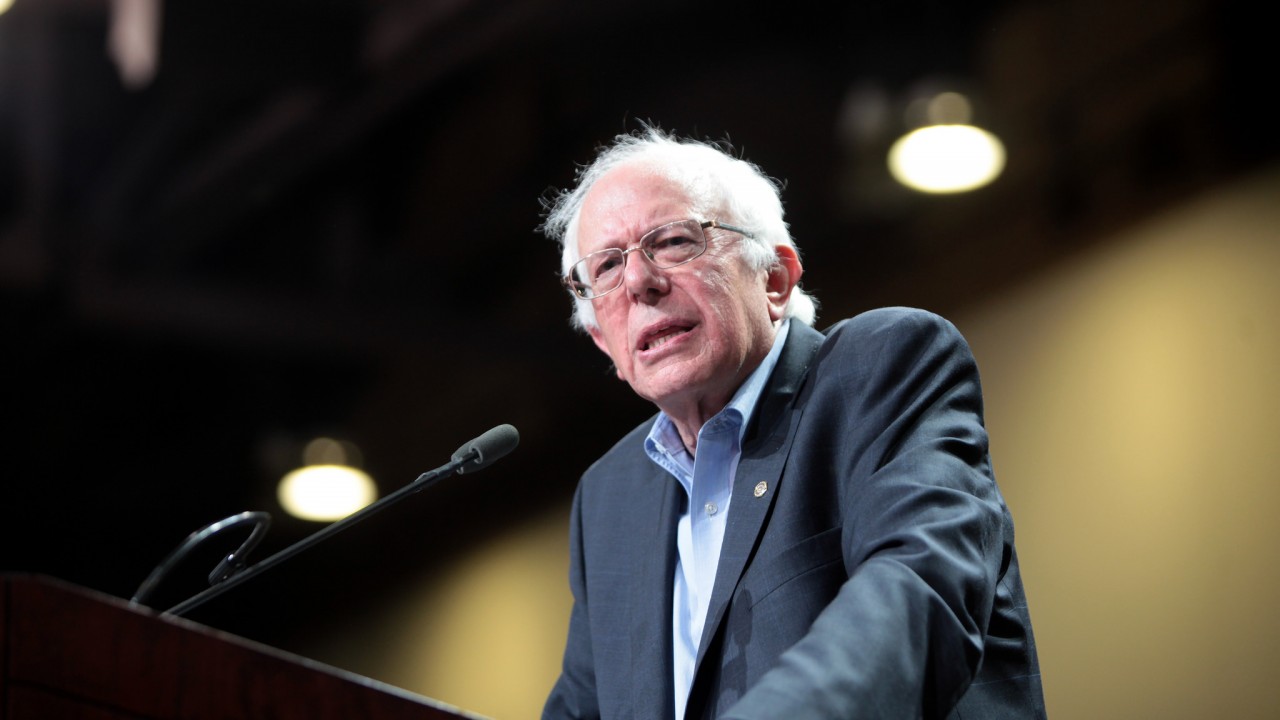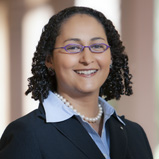
Senator Bernie Sanders of Vermont speaking at a town meeting at the Phoenix Convention Center in Phoenix, Arizona on July 18, 2015. (Gage Skidmore/Flickr cc 2.0)
This post first appeared at Brennan Center for Justice’s blog.
What do Bernie Sanders and Donald Trump have in common? Pause for requisite awful hair joke. No really. From a campaign-finance perspective, they have one distinctive thing in common: They have no super PACs propping up their candidacies.
Now these two candidates could not be further apart on most issues, but they are both eschewing the typical campaign-finance playbook, which since 2010 has included liberal use of super PACs in federal elections.
Super PACs are different than regular federal PACS in three key ways: (1) A regular PAC may only take in limited donations (otherwise known as hard money limits); (2) a regular PAC cannot accept money from corporations or unions; and (3) a regular PAC can give money directly to federal candidates’ campaign committees.
By contrast, a super PAC (1) is not required to follow hard money limits and (2) can accept unlimited amounts from any source including corporations and unions. But (3), a super PAC cannot give money directly to a federal candidate. Rather, a super PAC can only spend money independently of federal candidates. Typically, they spend money buying expensive television ads to get their message out.
Super PACs were created in 2010 by a DC Circuit Court decision called SpeechNow. Ever since, presidential candidates have had campaign surrogates running super PACs to support the candidate’s electoral chances. For example in 2012, Obama’s super PAC, Priorities USA Action, raised $79 million and Romney’s super PAC, Restore Our Future, raised $154 million.
So far, super PACs have outraised the candidate’s campaigns by 2 to 1. This cycle, of 1,753 Super PACs, Jeb Bush looked like the super PAC winner in 2015 as his Right to Rise USA super PAC raised more than $100 million.
But back to Sanders and Trump. They appear to be taking two different paths to avoid needing super PACs for their campaigns. Trump appears to be floating along on an endless supply of free media including extensive coverage of his campaign rallies, press conferences and TV appearances. With all of this free coverage, Trump doesn’t have to pay for TV time to get his views to voters the way other candidates do. If this is purposeful, the big problem comes if the media loses interest and Trump has to pay for TV time like everyone else. (Trump has announced plans for TV ads in Iowa, New Hampshire and South Carolina.)
Senator Sanders by contrast is going the grassroots route. Last month, his campaign reported it had received more than 2 million contributions. (That doesn’t mean 2 million individuals as many supporters have given more than once.) This feat surpasses where candidate Senator Obama was in 2008 before the Iowa caucuses with 1 million contributions. And the vast majority of the contributions to the Sanders campaign are in small donations. In 2008, these small contributions were a harbinger of robust support from rank-and-file Democratic voters. This could be true for Senator Sanders as well who has raised a total of $73 million (compared to $112 million for Secretary Clinton).
And so 2016 will be a very interesting test of America’s privately financed elections. What will win out in the end? If it really is super PAC money, then that would predict a Secretary Clinton and Governor Bush match up. Or will grassroots and media attention rule the day? In that case, we could have two outsider candidates headlining the two major political parties. A year ago, I would have said you were crazy if you predicted Sanders versus Trump in the 2016 general election, but from the vantage point of January 2016, it actually could happen.
The views expressed in this post are the author’s alone, and presented here to offer a variety of perspectives to our readers. For more Brennan Center news, connect with them on Facebook and Twitter.




